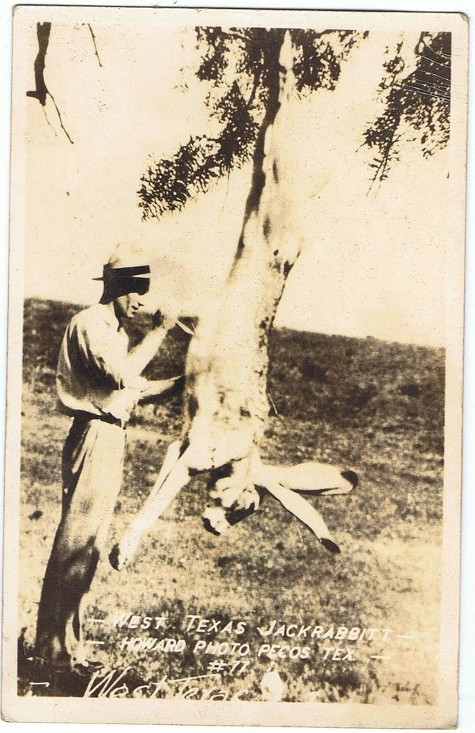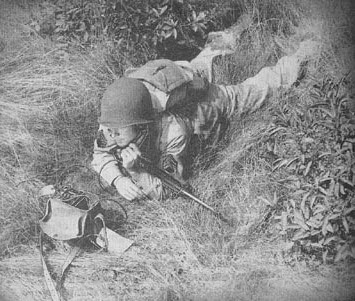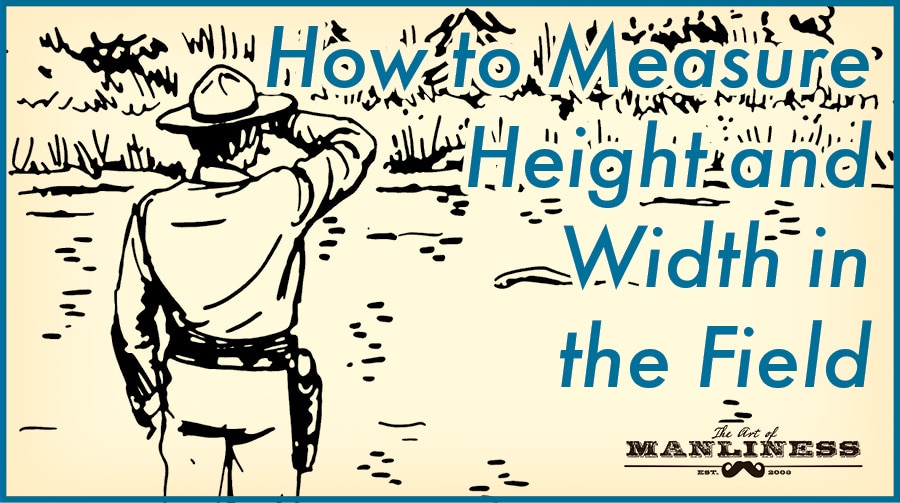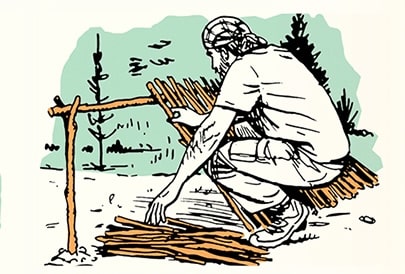
Image by Rusty Z3
One of the prettiest sites to behold is the lush, green, manicured grass of a professional baseball field. It’s amazing to see how everyday grass can be turned into a canvas of geometrical lines and shapes. Many a man has lusted after creating the same “striped” look in their own yard. In today’s post, we’ll show you how to turn the dream of making your yard into a Wrigley Field look-a-like a reality.
It’s the direction, stupid
Many people think sports stadiums achieve the striped or checkerboard look by cutting the grass at different heights or using varying types of grass. The striped look is actually created when light reflects off blades of grass which have been bent in different directions. The direction the blade is bent will determine whether you have a dark or light stripe. Blades bent away from you appear lighter as light is reflected off the entire length of the blade; blades bent towards you look darker since the light is only bouncing off the tip.
Bending Your Grass
Normal mowing will only bend grass blades to a certain degree. If you want that striped look, you need to really bend those blades. Here are a few tips to make sure you get the best bend and thus the best looking stripe.
Rollers, baby. Grounds keeping professionals usually attach a roller to the back of a mower called a “striper.” The old fashioned reel mowers usually have rollers attached to them already. If you have a gas powered rotary mower, you can buy a roller attachment at most garden care centers. However, if you don’t want to fork over the money to buy a roller, you can jerry-rig your current push mower to create more bend in your grass.
- Duct tape some dumbbells to the rubber tail on the back of the lawn mower. That little strip is supposed to bend the grass, but without any weight, it doesn’t do a very good job. By duct taping some dumbbells to it, you’ll create enough weight to really bend your grass. Here’s how to do it.
- Attach a welcome mat to the back of your mower. Just get some chain, and attach it near the bottom of the mower. Hook the chain through some holes on the mat. It has to be a fairly heavy mat to get the job done.
- Make your own roller. You can easily make your own roller with some PVC pipe, sand, and brackets. Here’s how to do it.
Cut the grass long. Longer grass bends more, so the longer you can cut it, the better stripe you’ll get.
Grass types. Different types of grass bend differently. Northern grasses tend to bend better than southern breeds. Whatever type of grass it is, it needs to be healthy, lush, and green. Patchy, mangy grass will never look like Wrigley Field no matter how many patterns you cut into it.
Be precise. You want your lines to be as straight as possible. If you make one of the lines crooked, then all the other lines are going to be off as well. Also, when you are finished with a row and turn to make the adjacent one, carefully line up the wheels with the previous track.
The Patterns
There are three typical patterns you’ll see at baseball fields: the basic stripe, the checkerboard, and the diagonal. Here’s how to create all three.
The Basic Stripe

Image by lestaret
1. Mow the perimeter around your yard. This area will be where you make turns. If you can use the sidewalk or driveway to make turns, all the better.
2 Mow in opposite directions. Pick a direction, either north/south or east/west, and alternate directions.
3. Go over the perimeter once more. This will help clean up any irregularities created near the edges as you made turns.
The Checkerboard
1. Mow the perimeter.
2. Make your rows. Start off by mowing in opposing directions in a north/south or east/west direction as you did in the basic stripe. Do this throughout your entire lawn.
3. Travel in the opposite direction of the original mowing pattern. If you went north/south first, start mowing in an east/west direction, or vice versa.
4. Go over the perimeter once more.
The Diagonal Checkered Stripe
The diagonal checkered stripe is created the same way as you created the checkerboard pattern. Just go in diagonal directions.







